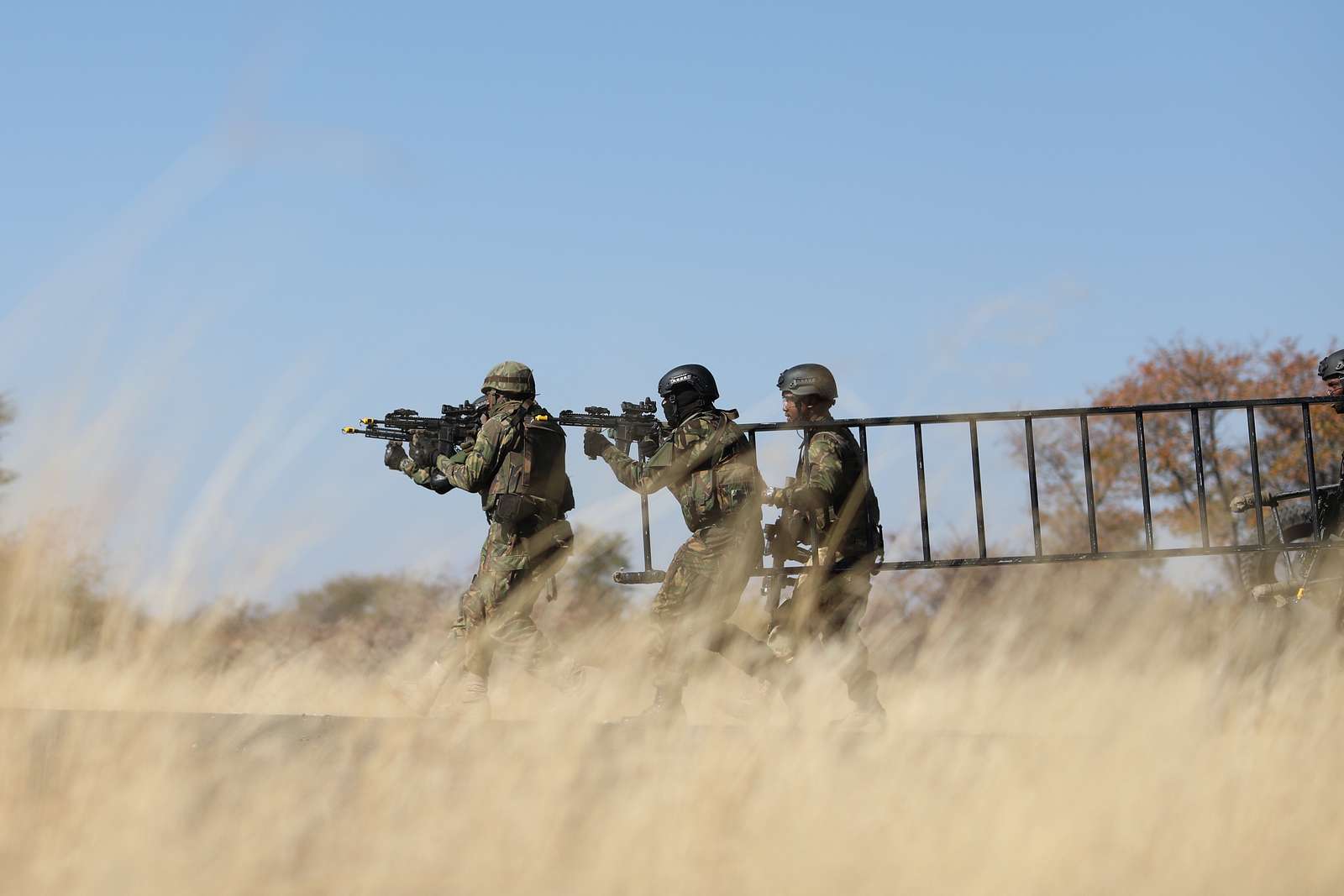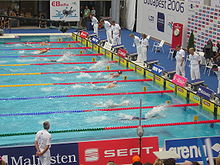
Botswana Defense Force Air Force
In early 1979, two very light transport aircraft Short SC7 Skyvan 3M-400 were added to the equipment of the BDF. The photo shows the aircraft with factory marks even before it was handed over to the African recipient. Photo Internet
Located in southern Africa, Botswana is almost twice the size of Poland, but has only two million inhabitants. Compared to other countries in sub-Saharan Africa, this country has been fairly calm on the path to independence - it has avoided the turbulent and bloody conflicts that are so characteristic of this part of the world.
Until 1885, these lands were inhabited by the indigenous people - the Bushmen, and then by the Tswana people. In the second half of the nineteenth century, the state was torn apart by tribal conflicts, the local community also had to deal with white settlers arriving from the south, from the Transvaal, the Buroms. The Afrikaners, in turn, fought for influence with the colonialists from Great Britain. As a result, Bechuanaland, as the state was then called, was included in the British protectorate in 50. In the 1966s, national liberation movements intensified on its territory, which led to the creation of an independent Botswana in XNUMX.
The newly created state was one of the few that enjoyed autonomy in southern Africa at that time. Despite its location in the "inflamed" region at that time, between South Africa, Zambia, Rhodesia (today Zimbabwe) and South West Africa (now Namibia), Botswana had no armed forces. Paramilitary tasks were performed by small police units. In 1967, there were only 300 officers in service. Although this number increased several times by the mid-XNUMXs, it was still insufficient to ensure effective border protection.
The escalation of operations in southern Africa in the XNUMXs, associated with the growth of the number of "national liberation" movements in the region, prompted the Gaborone government to create a military force capable of effectively providing border defense. Although Botswana tried to remain neutral in the conflicts that engulfed southern Africa in the XNUMXs, XNUMXs and XNUMXs, it sympathized with the black desire for independence. There were branches of organizations fighting against white dominance in neighboring countries, incl. African National Congress (ANC) or Zimbabwe People's Revolutionary Army (ZIPRA).
It is not surprising that the military units of Rhodesia, and then the South African Defense Forces, from time to time staged raids on objects located in the country. The corridors along which the guerrilla units transported troops from Zambia to South West Africa (today's Namibia) also passed through Botswana. The early XNUMXs also saw clashes between Botswana and Zimbabwean forces.
As a result of actions taken on the basis of an ordinance passed by Parliament on April 13, 1977, the core of the air force was created - the Botswana Defense Air Force (this is the term for an aviation formation that appears on government websites). , another common name is the Air Wing of the Botswana Defense Force). Aviation units are created on the basis of the infrastructure of the mobile police unit (PMU). In 1977, a decision was made to purchase the first Britten Norman Defender, designed for border patrol. In the same year, the crews were trained in the UK. Initially, the units were to operate from a base in the state capital of Gaborone, as well as from Francistown and small makeshift landing sites.
The history of the aviation component of the Botswana Defense Forces did not start very well. During the transfer from the UK of the second BN2A-1 Defender aircraft, he was forced to make an emergency landing in Maiduguri, Nigeria, where he was detained and then transferred to Lagos; this copy was broken in May 1978. On October 31, 1978, another Defender arrived in Botswana, fortunately this time; received the same designation as its predecessor (OA2). A year later, on August 9, 1979, near Francistown, this particular BN2A was shot down with a 20-mm cannon by an Alouette III (K Car) helicopter belonging to the 7th Rhodesian Air Force Squadron. Then the aircraft participated in the intervention against the Rhodesian group, returning from the fighting against the ZIPRA guerrilla camp - the armed wing of the Zimbabwe African People's Union (ZAPU). The pilots survived the attack, but the Defender crash-landed heavily damaged at Francistown Airport. This was the first time that a Rhodesian Air Force helicopter had successfully destroyed an aircraft, and one of the few wins by a rotorcraft against an aircraft in dogfight.
Less fortunate was the crew of another BN2A, which crashed on November 20, 1979 shortly after takeoff from Kwando Airfield. The accident killed three people (including the brother of the President of Botswana). During their service with the Botswana Defense Force (BDF), British high-wing aircraft were used for border patrols, medical evacuations and casualty transports. One aircraft was equipped with a sliding side door to facilitate loading (OA12). In total, aviation received thirteen Defenders, marked OA1 to OA6 (BN2A-21 Defender) and OA7 to OA12 (BN2B-20 Defender); as already mentioned, the designation OA2 was used twice.

